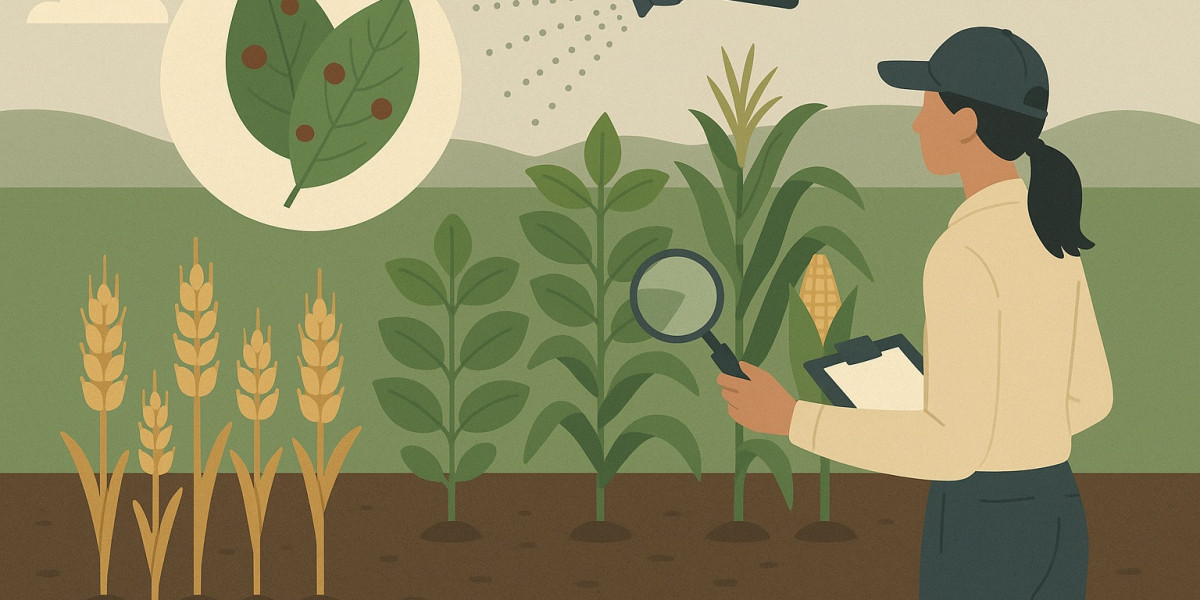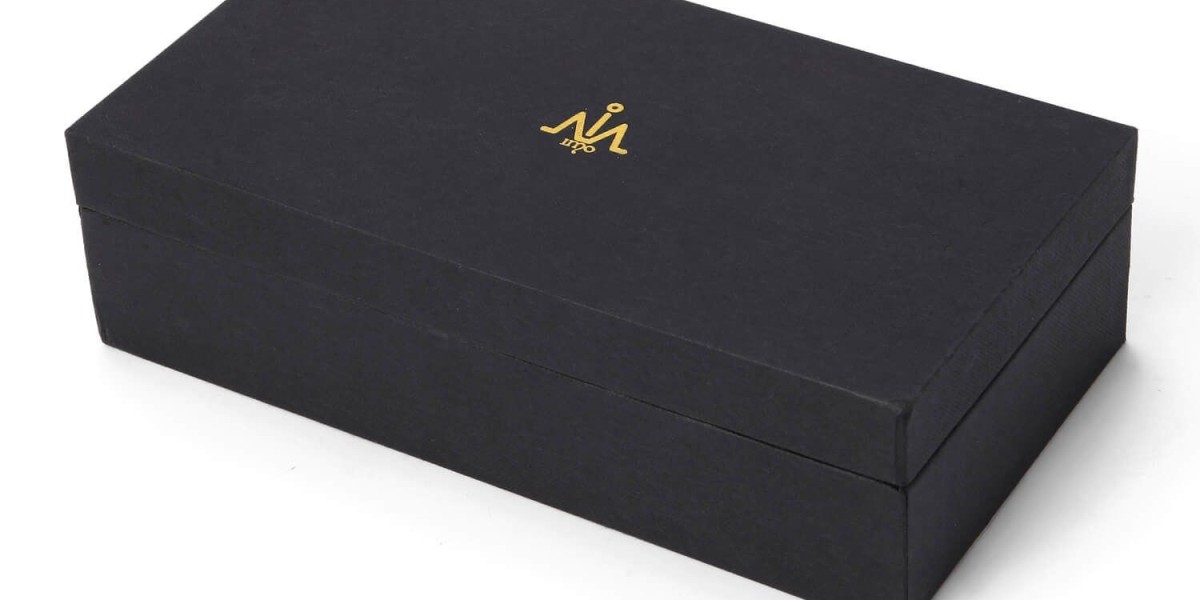Crop protection methods have undergone significant transformations over the past three decades. While traditional disease control relied heavily on cultural practices, crop rotation, and single-target fungicides, modern agriculture now increasingly integrates broad-spectrum fungicides. These chemical agents protect crops from a diverse range of pathogens in a single application, providing both proactive suppression and residual protection.
But can these powerful fungicides fully replace the old methods—or are they just one piece of the integrated disease management puzzle? This article examines the comparison between broad-spectrum fungicides and traditional approaches and assesses their potential as standalone solutions.
What Makes Broad-Spectrum Fungicides Different?
Broad-spectrum fungicides are chemical formulations designed to target multiple fungal pathogens simultaneously. Unlike narrow-spectrum fungicides that act on specific diseases, broad-spectrum options disrupt fungal growth across various species, including rusts, blights, mildews, smuts, and rots.
They usually combine:
Systemic properties, which allow internal plant absorption
Contact action, providing external protection on leaves and stems
These features make broad-spectrum fungicides highly effective during unpredictable weather or in mixed infections, which are common in high-density, commercial farming systems.
When used preventively, they also block the early lifecycle stages of pathogens—particularly spore germination and tissue penetration—offering dual-action security that traditional methods often lack.
Can Broad-Spectrum Fungicides Fully Replace Traditional Methods?
Broad-spectrum fungicides offer significant advantages, but they do not eliminate the need for traditional disease control. Traditional methods contribute to sustainable resistance management, soil health, and ecosystem balance—factors that fungicides alone cannot replicate.
For example:
Crop rotation breaks the disease cycle and reduces inoculum in the soil
Sanitation (removing infected debris) prevents the overwintering of pathogens.
Soil drainage and canopy management reduce humidity, limiting fungal spread
In high-value crops such as grapes, onions, and tomatoes, growers often combine broad-spectrum fungicides with these traditional methods to enhance plant health and minimize reliance on chemicals.
However, as pathogens evolve and climates become more volatile, many commercial growers now purchase Arostel Azoxystrobin 11% + Tebuconazole 18.3% SC fungicide to preemptively cover a broader range of pathogens with a single tank mix. This reduces complexity and cost while boosting coverage during critical disease windows.
Comparing the Scope of Disease Control: Traditional vs Broad-Spectrum
Traditional methods have a narrow, preventive focus, while broad-spectrum fungicides deliver fast-acting, broad-target protection. The contrast is more apparent when comparing their use cases:
Approach | Mode of Action | Flexibility | Application Timing |
Crop rotation | Reduces inoculum sources | Low | Seasonal |
Resistant seed varieties | Blocks pathogen-host compatibility | Moderate | At sowing |
Broad-spectrum fungicides | Inhibits multiple pathogens | High | Before infection onset |
Field hygiene (debris removal) | Eliminates pathogen habitats | Low |
|
In crops with short growing cycles or multiple harvests, fungicides often outperform cultural controls in efficiency and timeliness.
Resistance Management Requires a Blended Strategy
Pathogen resistance to fungicides is a growing concern, particularly in monoculture fields where a single product is overused. Broad-spectrum fungicides, while versatile, can still lose efficacy if over-relied upon.
Integrating traditional practices with modern fungicides fosters a low-resistance-pressure environment, thereby protecting chemical efficacy over time.
Alternating fungicide modes of action
Rotating crops each season
Avoiding off-label application rates
These strategies reinforce the value of integrated management while enabling longer-term productivity.
For a deeper dive into fungicide resistance patterns and management tips, consult the FRAC fungicide resistance tool, which offers guidelines for different crop-pathogen combinations.
Environmental and Soil Health Considerations
Broad-spectrum fungicides are designed for safety and efficacy; however, indiscriminate use can disrupt microbial diversity in the soil, particularly with repeated applications. Soil fungi and bacteria play key roles in:
Nutrient cycling
Root zone health
Biological pest control
Traditional controls, such as cover cropping, composting, and microbial inoculants, help maintain soil resilience and reduce fungicide dependency. These methods support sustainable productivity without creating chemical buildup or toxicity.
"A strong soil microbiome is like an immune system for your field—it's invisible, but it makes everything work better."
Broad-Spectrum Fungicides in Organic and Integrated Systems
Biological broad-spectrum fungicides, like Bacillus subtilis or Trichoderma spp., are commonly utilized in organic systems, whereas synthetic broad-spectrum fungicides are prohibited. Through outcompeting them or generating antifungal chemicals, these biocontrol agents reduce a variety of diseases.
In integrated systems (IPM), chemical and non-chemical tools are used in tandem. For instance:
Biological seed treatments control soilborne diseases
Chemical fungicides are applied at high-risk intervals
Monitoring and thresholds determine when and where to act
This approach strikes a balance between effectiveness and long-term sustainability.
For organic-approved biocontrol options, this guide to organic fungicide alternatives offers product lists and usage tips.
Frequently Asked Questions
Do broad-spectrum fungicides affect beneficial insects or microbes?
Some broad-spectrum products may affect non-target organisms. Use according to label instructions and rotate with biologically friendly options where possible.Can traditional methods eliminate fungal diseases on their own?
Not completely. Traditional practices reduce disease pressure but may be insufficient during severe outbreaks or in susceptible crops.Are broad-spectrum fungicides cost-effective over time?
Yes, especially in crops where mixed infections are common. They reduce the need for multiple applications and lower labor input.How often should broad-spectrum fungicides be rotated?
Rotate after 1–2 applications using a different mode of action group, especially if disease pressure is high or persistent.Can these fungicides be tank-mixed with nutrients or other products?
Most broad-spectrum fungicides are compatible with micronutrients or insecticides, but always conduct a jar test before large-scale mixing.
Beyond Replacement: Toward Integrated Dominance
The more pertinent question is whether broad-spectrum fungicides can take the lead in a more successful, integrated strategy rather than whether they can take the place of conventional techniques. The answer is becoming increasingly yes, particularly in commercial agricultural systems that are under pressure to produce high-quality crops while dealing with a variety of disease threats and shifting climates.
More control, efficiency, and predictability are achieved by farmers who approach disease management as a multi-layered defence system, with broad-spectrum fungicides serving as the main barrier. The continued use of traditional methods strengthens the foundation for long-term plant health and economic sustainability.








